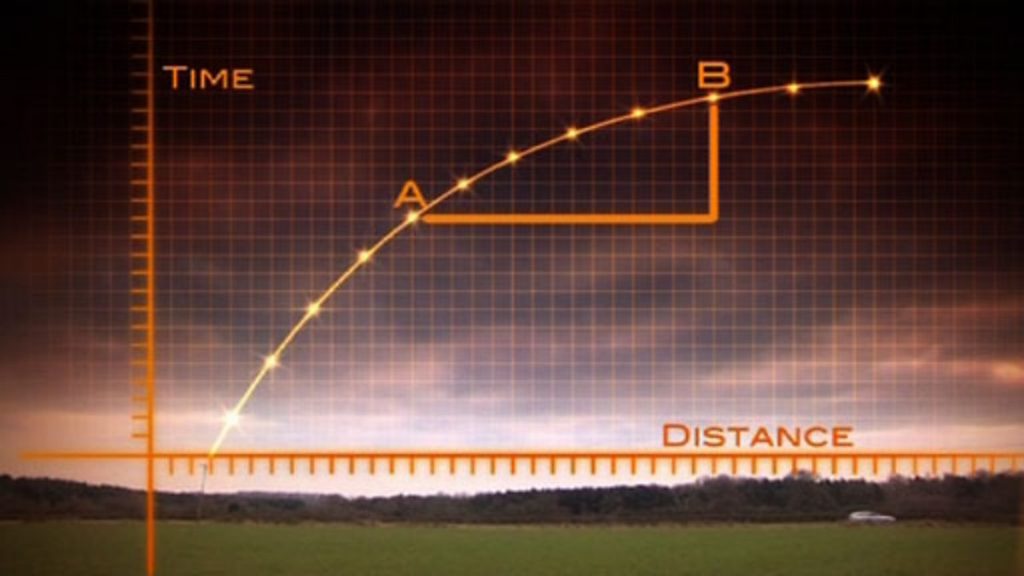The Story of Maths episode 3 – The Frontiers of Space: By the 17th century, Europe had taken over from the Middle East as the world’s powerhouse of mathematical ideas. Great strides had been made in understanding the geometry of objects fixed in time and space. The race was now on to discover the mathematics to describe objects in motion.
Marcus explores the work of Rene Descartes and Pierre Fermat, whose famous Last Theorem would puzzle mathematicians for more than 350 years. He also examines Isaac Newton’s development of the calculus, and goes in search of Leonard Euler, the father of topology or ‘bendy geometry’, and Carl Friedrich Gauss who, at the age of 24, was responsible for inventing a new way of handling equations – modular arithmetic. Four-part series about the history of mathematics, presented by Oxford professor Marcus du Sautoy.
The Story of Maths episode 3 – The Frontiers of Space
René Descartes
One of Descartes’ most enduring legacies was his development of Cartesian or analytic geometry, which uses algebra to describe geometry. Descartes “invented the convention of representing unknowns in equations by x, y, and z, and knowns by a, b, and c”. He also “pioneered the standard notation” that uses superscripts to show the powers or exponents; for example, the 2 used in x2 to indicate x squared.
He was first to assign a fundamental place for algebra in our system of knowledge, using it as a method to automate or mechanize reasoning, particularly about abstract, unknown quantities. European mathematicians had previously viewed geometry as a more fundamental form of mathematics, serving as the foundation of algebra. Algebraic rules were given geometric proofs by mathematicians such as Pacioli, Cardan, Tartaglia and Ferrari.
Equations of degree higher than the third were regarded as unreal, because a three-dimensional form, such as a cube, occupied the largest dimension of reality. Descartes professed that the abstract quantity a2 could represent length as well as an area. This was in opposition to the teachings of mathematicians, such as Vieta, who argued that it could represent only area. Although Descartes did not pursue the subject, he preceded Gottfried Wilhelm Leibniz in envisioning a more general science of algebra or “universal mathematics,” as a precursor to symbolic logic, that could encompass logical principles and methods symbolically, and mechanize general reasoning.
Pierre de Fermat
Pierre de Fermat was a French lawyer at the Parlement of Toulouse, France, and a mathematician who is given credit for early developments that led to infinitesimal calculus, including his technique of adequality. In particular, he is recognized for his discovery of an original method of finding the greatest and the smallest ordinates of curved lines, which is analogous to that of differential calculus, then unknown, and his research into number theory. He made notable contributions to analytic geometry, probability, and optics. He is best known for his Fermat’s principle for light propagation and his Fermat’s Last Theorem in number theory, which he described in a note at the margin of a copy of Diophantus’ Arithmetica.
Isaac Newton
Sir Isaac Newton was an English mathematician, physicist, astronomer, theologian, and author (described in his own day as a “natural philosopher”) who is widely recognised as one of the most influential scientists of all time and as a key figure in the scientific revolution. His book Philosophiæ Naturalis Principia Mathematica (Mathematical Principles of Natural Philosophy), first published in 1687, laid the foundations of classical mechanics. Newton also made seminal contributions to optics, and shares credit with Gottfried Wilhelm Leibniz for developing the infinitesimal calculus.
Leonhard Euler
Leonhard Euler was a Swiss mathematician, physicist, astronomer, geographer, logician and engineer who made important and influential discoveries in many branches of mathematics, such as infinitesimal calculus and graph theory, while also making pioneering contributions to several branches such as topology and analytic number theory. He also introduced much of the modern mathematical terminology and notation, particularly for mathematical analysis, such as the notion of a mathematical function. He is also known for his work in mechanics, fluid dynamics, optics, astronomy and music theory.




